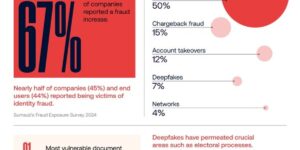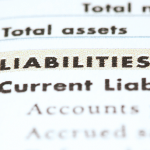Roughly 200,000 residential properties returned to a state of positive equity during fourth-quarter of 2012, according to CoreLogic, a provider of information, analytics and business services.
In an analysis released on Tuesday, CoreLogic said that with the fourth-quarter numbers, the total number of properties moving from negative to positive equity in 2012 climbed to 1.7 million, and that the number of mortgaged residential properties with equity is 38.1 million.
Negative equity, often referred to as “underwater” or “upside down,” means that borrowers owe more on their mortgages than their homes are worth. Negative equity can occur because of a decline in value, an increase in mortgage debt or a combination of both.
The analysis also shows that 10.4 million, or 21.5 percent of all residential properties with a mortgage, were still underwater at the end of the fourth quarter of 2012. This figure is down from 10.6 million properties, or 22 percent, at the end of the third quarter of 2012.
“The scourge of negative equity continues to recede across the country. There is certainly more to do but with fewer borrowers underwater, the fundamentals underpinning the housing market will continue to strengthen,” said Anand Nallathambi, president and CEO of CoreLogic, in a statement. “The trend toward more homeowners moving back into positive equity territory should continue in 2013.”
CoreLogic said the five states having the highest percentage of mortgaged properties in negative equity were:
- Nevada, 52.4 percent
- Florida, 40.2 percent
- Arizona, 34.9 percent
- Georgia, 33.8 percent
- Michigan, 31.9 percent
These top five states combined account for 32.7 percent of negative equity in the United States, the analysis said.
Focusing on the largest 25 metropolitan areas, Tampa-St. Petersburg-Clearwater, Fla. had the highest percentage of mortgaged properties in negative equity at 44.1 percent, followed by Miami-Miami Beach-Kendall, Fla. (40.7 percent), Atlanta-Sandy Springs-Marietta, Ga. (38.1 percent), Phoenix-Mesa-Glendale, Ariz. (36.6 percent), and Riverside-San Bernardino-Ontario, Calif. (35.7 percent).
Source: CoreLogic





















 More Than Half of All Employees in Finance, Insurance Work Remotely: Triple-I
More Than Half of All Employees in Finance, Insurance Work Remotely: Triple-I  Swiss Re Execs Sleeping Well After $2.4B Q3 Reserve Boost
Swiss Re Execs Sleeping Well After $2.4B Q3 Reserve Boost  Four Arrested for Insurance Fraud in Fake Bear Attack
Four Arrested for Insurance Fraud in Fake Bear Attack  New Hampshire High Court Invalidates GEICO Underinsured Claim Provision
New Hampshire High Court Invalidates GEICO Underinsured Claim Provision 




